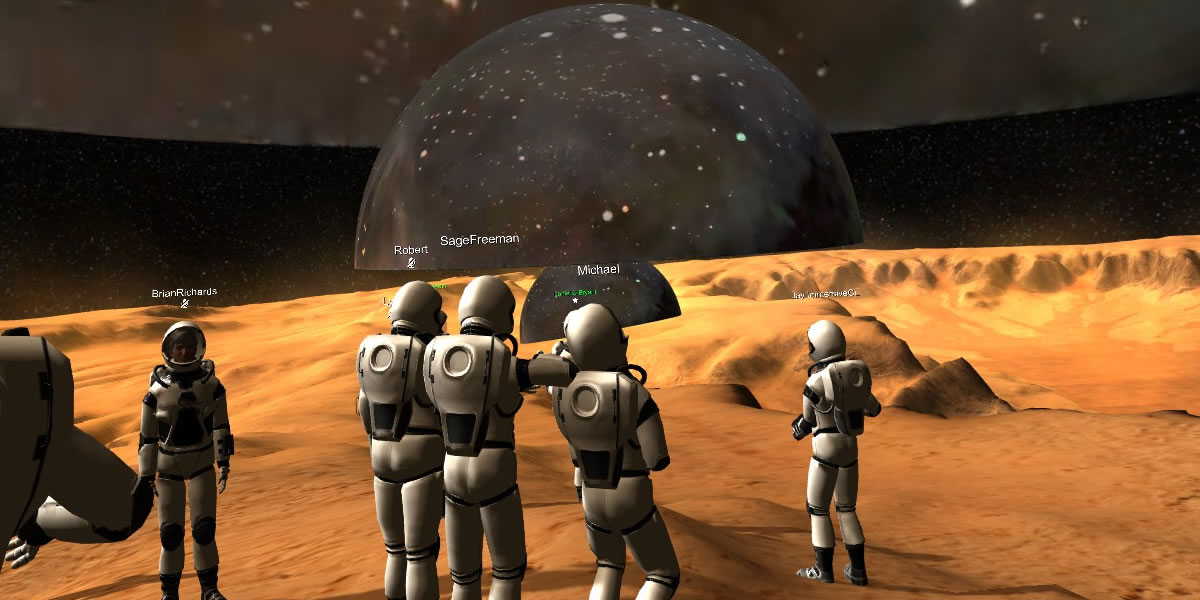Virtual Classrooms as an Extension of the Learning Environment
The shift toward virtual classrooms is revolutionizing how educators deliver instruction, engage with students, and expand learning beyond the physical boundaries of traditional school settings. As technology continues to reshape the education landscape, virtual reality (VR) platforms have emerged as a powerful way to increase student motivation, enhance retention, and encourage interactive exploration. By integrating virtual classrooms as an extension of existing pedagogical methods, educators can provide immersive, hands-on experiences that foster a higher level of engagement—ultimately leading to deeper learning outcomes.
When we refer to “virtual classrooms,” we’re not just talking about recreating a brick-and-mortar classroom in digital form. Instead, the real power lies in transporting students to immersive, engaging environments—whether it’s the surface of Mars or a historically significant site—that spark curiosity and deepen learning. ENGAGE offers more than 150 virtual locations for educators to explore; while traditional classroom replicas are available, our collaboration-friendly spaces and student-built environments have proven far more popular for inspiring truly interactive and memorable educational experiences.
Recent data underscores the rapid growth of VR in education. According to a 2023 report by Research and Markets, the global VR in education market is projected to surpass USD 45 billion by 2030, registering a staggering compound annual growth rate (CAGR) of over 38%. This surge is driven by an increasing demand for flexible, technology-driven learning environments. As educators seek to prepare students for a digital future, virtual classrooms offer the ideal balance of innovation, interactivity, and accessibility.
Students Learn Faster Through Virtual Education
When students learn through VR simulations, they become active participants in the lesson—rather than passive recipients of information. A PwC study found that learners trained via virtual reality complete lessons four times faster than those in traditional classroom settings. In addition, they are 3.75 times more emotionally connected to the material, a factor that translates into better retention and practical application. Learners trained in VR also reported 275% higher confidence in applying new concepts, underscoring how immersive technology can accelerate mastery and boost self-assurance.
For educators, the possibilities are vast and varied. Virtual classrooms allow you to create fully interactive lessons that cater to different learning styles, whether visual, auditory, or kinesthetic. By simulating real-world scenarios, students can safely experiment with complex scientific concepts or practice language skills in virtual global communities—no extra travel required. This not only increases motivation but also helps develop critical thinking, creativity, and collaboration skills in ways that static textbooks or videos cannot match.

VR Student Built Learning Enviroment
Design Your Own Virtual Curriculum
A recognized leader in the virtual education space is ENGAGE XR, a cutting-edge VR platform used by schools, universities, and professional training programs worldwide. ENGAGE XR offers a user-friendly interface and diverse content library, allowing you to design lessons that align seamlessly with your curriculum. From historical reenactments to interactive chemistry labs, ENGAGE helps breathe life into abstract concepts, turning them into memorable experiences. Moreover, its collaborative features encourage group projects and peer interaction—even if your students are scattered across different locations.
Adopting virtual classrooms does not mean discarding traditional teaching methods. Instead, VR complements and enhances your existing approach by giving you the tools to create more meaningful, personalized learning journeys. Whether you want to bridge language barriers, deliver professional development workshops, or prepare students for industry-specific careers, virtual classrooms offer a dynamic platform that can adapt to changing educational needs.
Ultimately, incorporating virtual classrooms as an extension of the learning environment benefits students, educators, and institutions alike. By harnessing the power of immersive experiences, you can capture learners’ attention, fuel their curiosity, and empower them with the skills they need for the future. As market trends and data suggest, now is the perfect time to explore how VR can transform your teaching practice and enrich every student’s educational journey.
